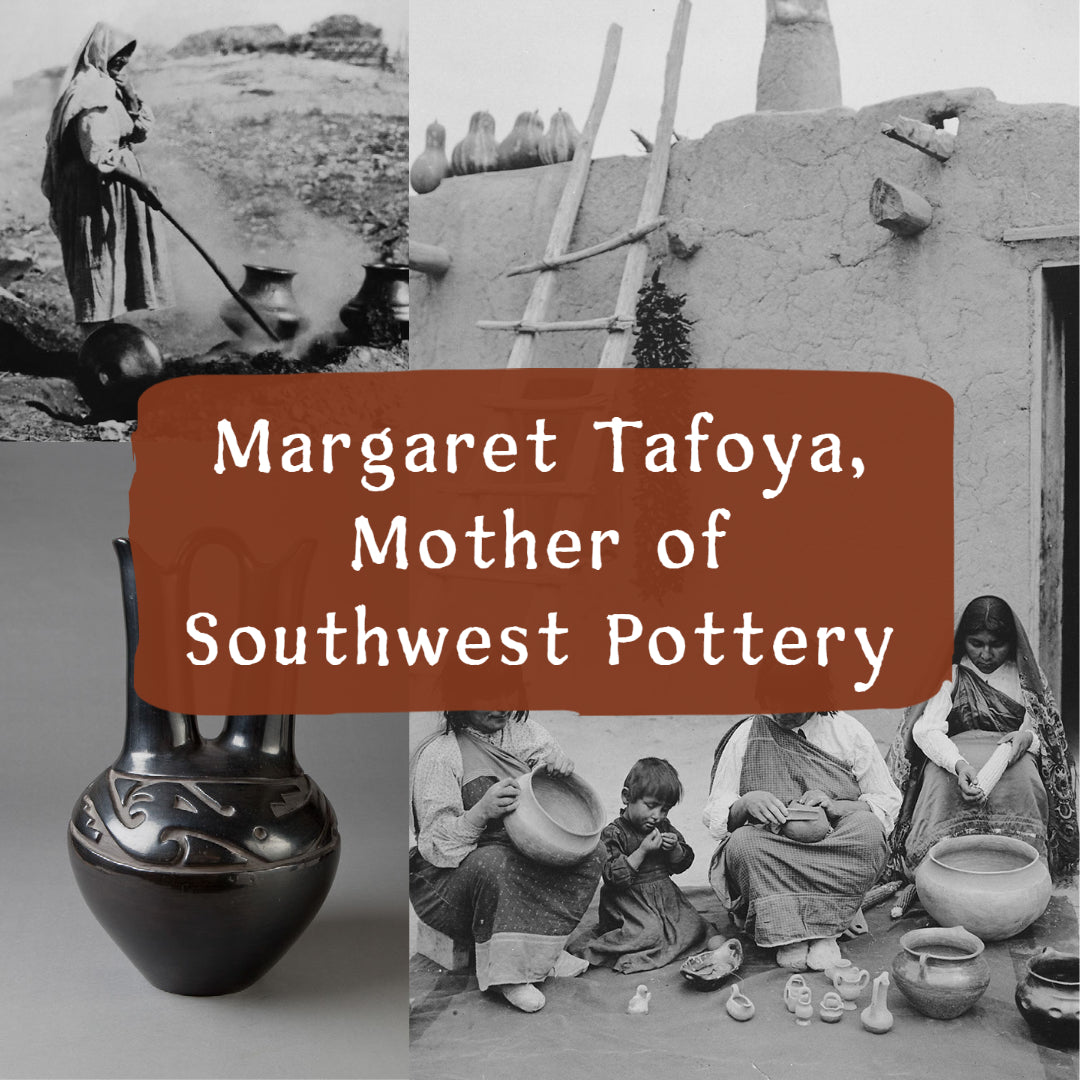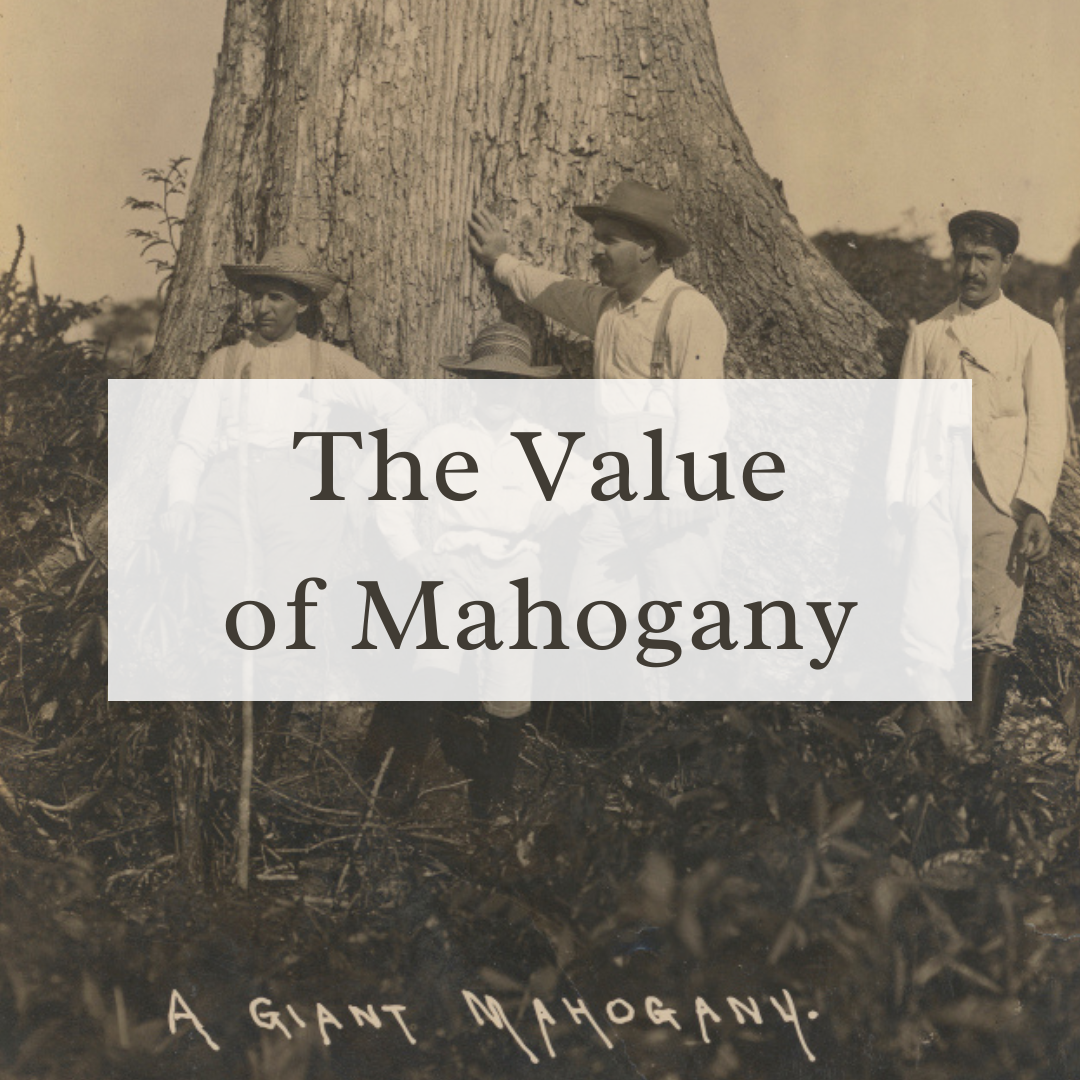
Margaret Tafoya, Mother of Southwest Pottery
Margaret Tafoya, born 119 years ago today, was the matriarch of Santa Clara pottery. Serving as the bridge between the old and new ways, Tafoya was an experimenter. She was most known for the size of the vessels she created, but also did not stray from the traditions that had been employed for centuries. Santa Clara, one of the six Tewa-speaking pueblos in the Rio Grande Valley, has been creating pottery for everyday use, as well as for trade, for nearly 1500 years.
Margaret Tafoya had learned many of her pottery skills from her mother, Sara Fina. Both Sara Fina and Margaret were able to make unusually tall pots, 30" high or more. To do this, they had to harvest a special clay and let the pots cure for several months before firing. The firing process was carefully performed on an open flame using natural fuels. They then used special stones or corn cobs to polish the vessels and give them their characteristic finish. She handmade all of her pottery, start to finish, just as her ancestors had. While others around her were using technology to aid their processes, Tafoya retained all traditional methods, rejecting even the use of a pottery wheel. She instructed her descendants the same way.
The pots that both Sara Fina and Margaret created were sold to help sustain their families. Margaret's father would travel up to 500 miles with Sara Fina's pottery to sell it, while Margaret would trade the pots for children's clothing early on in her career. It was not until the 1950s and '60s that Margaret's pottery, and American Indian crafts in general, became popular and art dealers would purchase it sight unseen. Throughout these decades, Margaret was refining her art, using a characteristic method of carving designs into her pottery, known as intaglio. She frequently used bear paw designs, as well as serpents and rain clouds. She also created more distinctive forms like wedding vases and candlesticks.
Tafoya had her first exhibition in 1974 and won numerous awards and recognitions, including a Lifetime Achievement Award from the Southwest Association of Indian Affairs. Among her many achievements are the dozens of potters within her own family that continue the tradition of authentic Santa Clara pottery. Like her vessels, Tafoya was a product of her environment, made from the same clay as her ancestors and filled with generations of knowledge.
To view this blog with additional photos, decor and furniture we have available click here!
Interested in reading our previous blogs? Click here!




Leave a comment
This site is protected by hCaptcha and the hCaptcha Privacy Policy and Terms of Service apply.